If you are newly starting in the solar power world, you might have many confusing questions flowing through your mind. One of those questions is how many amps will my solar panel produce? And if it is going to provide my refrigerator with the five amps it needs to work.
On average, solar panels produce on their own between 4 to 13 amps, depending on the power and voltage rating of the panel. This study is based on 100-watt up to 500-watt panels.
However, what does this even mean? Does my 400w panel produce like an “actual” 10 amps to power my refrigerator, laptop, AC conditioner, and some other appliances? Or does this ten amps means that my solar panel will need about 20 hours to charge my 200AH battery fully? Simply knowing how many amps a solar panel produces doesn’t make any sense and doesn’t provide any answer.
These questions and more will be answered deeply in this article. In the end, we will also provide you with an awesome free calculator to do the job for you, but first, read the following sentences carefully to know how to use this calculator effectively.
Watts vs. Volts vs. Amps
This might be confusing and out of topic, but in reality, it is the main core of the topic, and you should understand it very well.
Electricity is divided into three big boys that you should know who they are. First is the power, which is responsible for the wattage or watts (W). So when you say this solar panel is 300 watts, you are referring to the first big boy, the power.
The second big boy is the voltage, and it’s responsible for the volts (V). So when you say this battery is 12 volts, you are calling him. And lastly is the current, which is responsible for the amperage or amps (A).
These three big boys are related. And this is the relation between them:
Power (P) = Voltage (V) x Current (I)
And the concept that you have to understand from this section is that power is the same everywhere. It is 300 watts produced from the solar panel, 300 watts delivered to the battery, 300 watts delivered to the inverter, and 300 watts delivered to your home appliances. This is, of course, without considering any losses occurring if we were in a perfect world (but we aren’t!).
AC amps or DC amps, Does it matter?
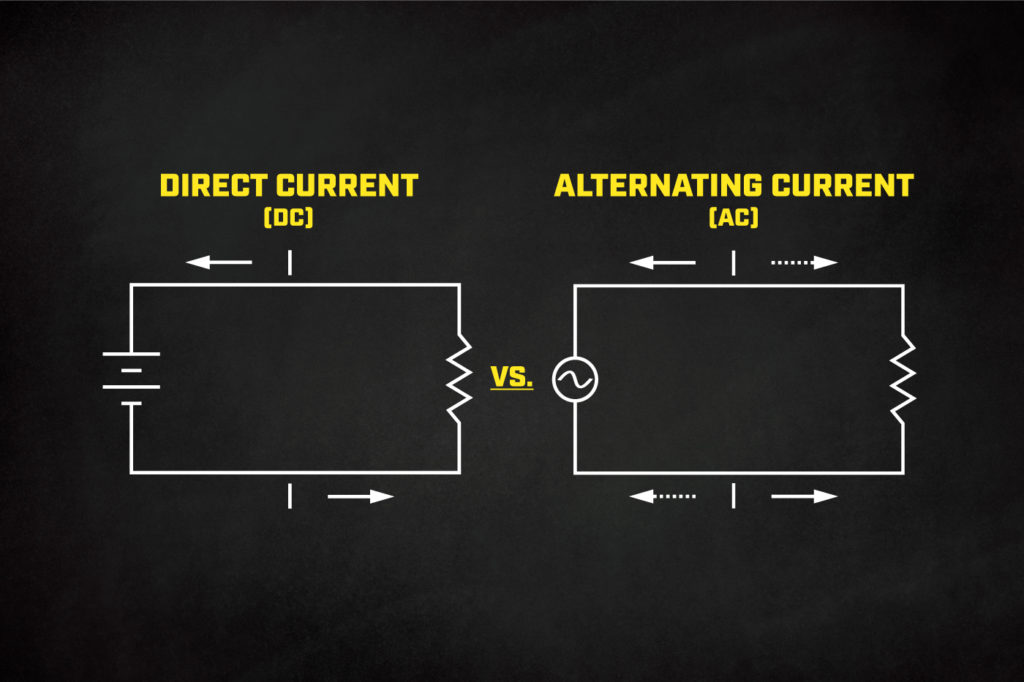
So when you are asking about how much current your solar panel produces, you must first know exactly which current are you talking about. Are you referring to the one that is coming out of the panel wires? Or maybe you are referring to the one that is being fed by the panel to the battery. You might also be asking this question to know how many amps will this panel provide for your house.
Those are all different questions that deserve different answers, but first, let’s explain how different are those currents and what is DC current and AC current? Let’s go with the current flow and analyze it at every location.
From the Panel Wires
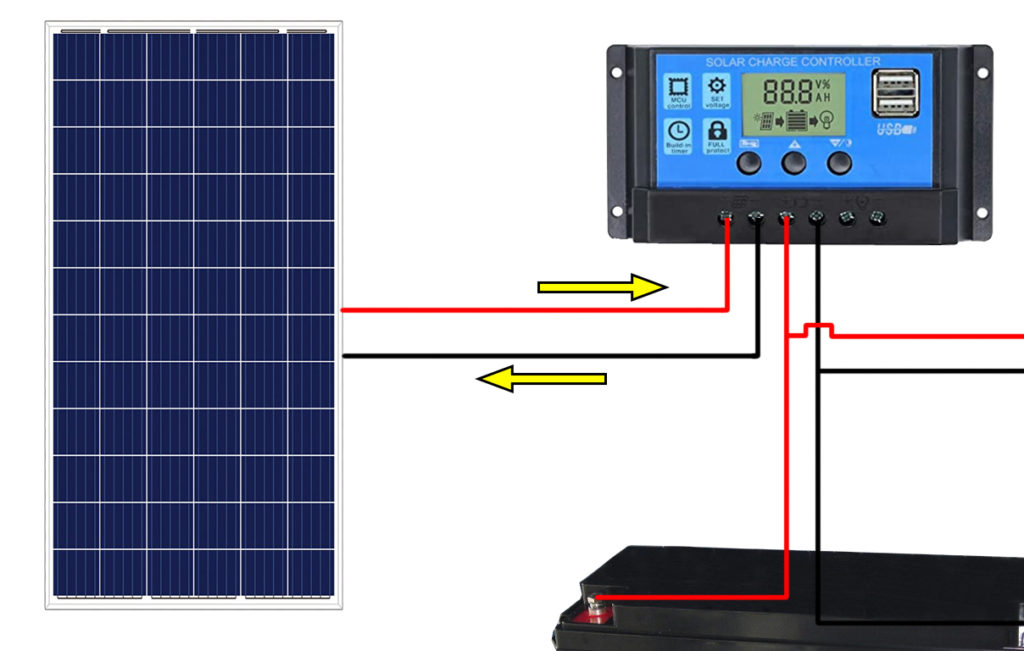
Current is first supplied through your solar panel from the harvested sun rays as DC current and then through the wires to your solar charge controller. This power that is coming out of your solar panel wires is specified behind your panel with a data sheet sticker.
You will also find the currents and voltages, and they will be named as “rated current,” “optimum current,” “operating current,” or “maximum power current,” NOT the “short circuit current. This is the amount of current produced by your panel at a specified power and voltage. For example, take a look at the following 200W solar panel specs from Renogy:
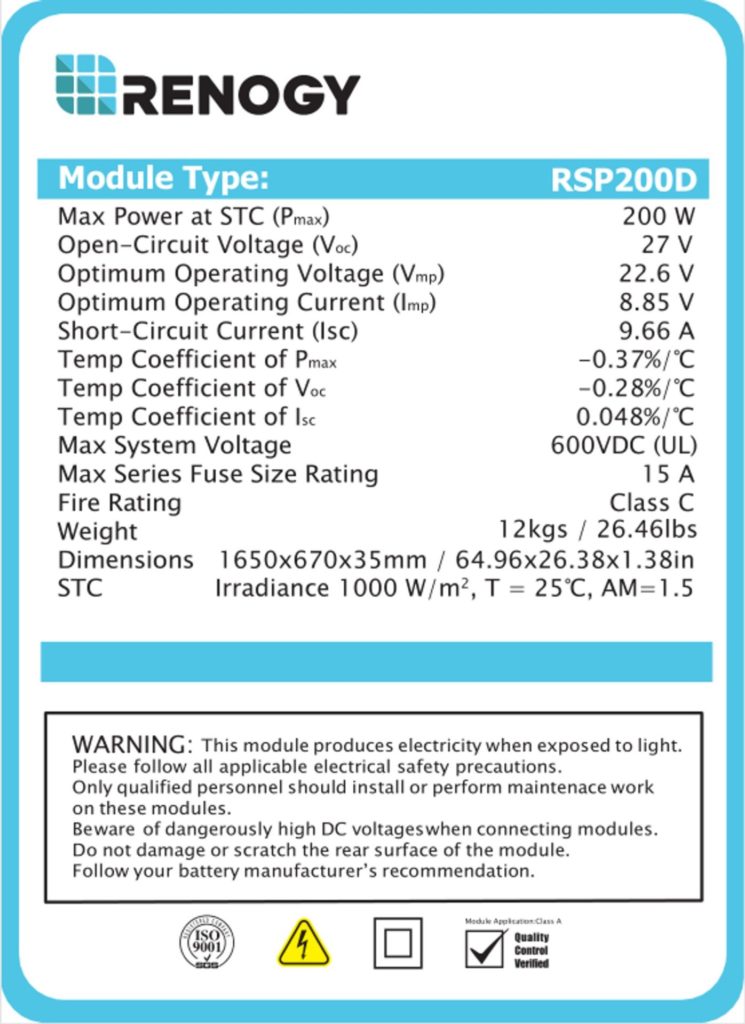
This shows the power of the panel (at perfect conditions) as 200 watts, the optimum voltage as 22.6 volts, and the optimum current as 8.85 amps. Now let’s apply the relationship between the three big boys to see if the current we got is correct:
Current (I) = Power (P) / Voltage (V)
I = P / V
I = 200w / 22.6v = 8.85 A
So this means that the current getting out of your solar panel is 8.85 A. But that doesn’t mean it is supplying the battery with this amount.
Battery Charging Current
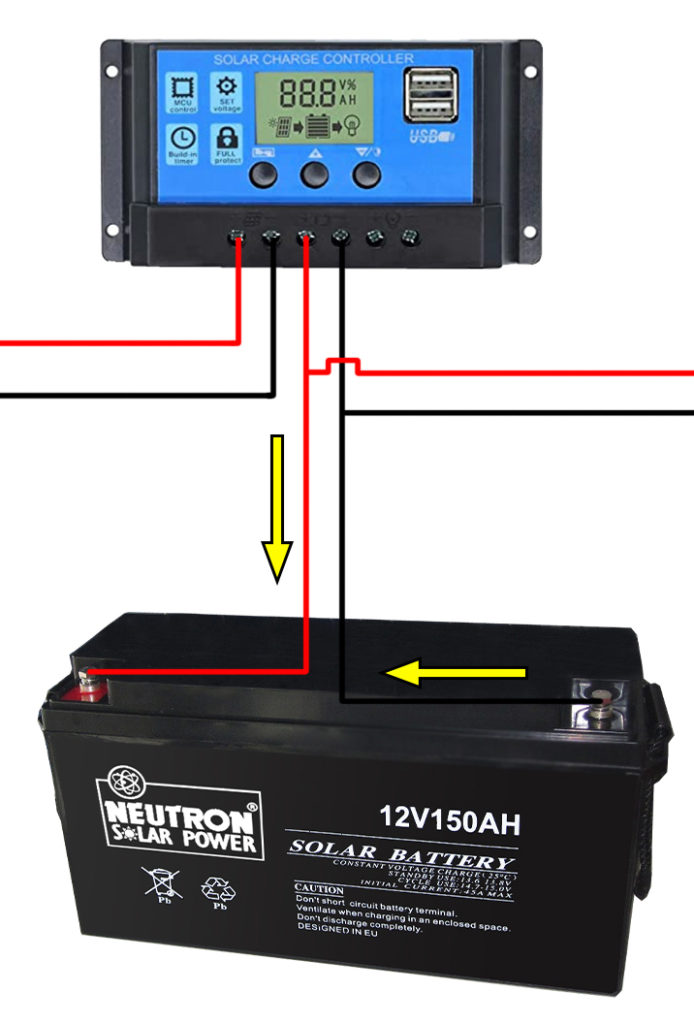
The current that is fed to your batteries by the solar charge controller will be different than that from the solar panel wires. You ask why? Simply because the solar controller will regulate the voltage coming from the panels to be suitable for your battery bank. So this means that the 22.6 volts coming from the panels will be changed, and accordingly, the 8.85 amps will also change. However, the power will remain the same (neglecting power loss for now).
Let’s say you have a 12-volt battery bank, so how do we know the current that is fed to the batteries? Easily using the same relation:
Current (I) = Power (P) / Voltage (V)
I = 200w / 12v
I = 16.67 A
This means that the current that is flowing from the solar controller through wires to the batteries is approximately doubled, from 8.85 to 16.67 amps. Now, this current is also a DC current. The solar controller doesn’t change the current movement; it just regulates the voltage to suites your battery bank and also protects it from being overcharged or undercharged.
Now, this current will travel from the solar controller or the batteries to the inverter, and then the current will be changed for the last time.
Inverter to House Appliances – AC current
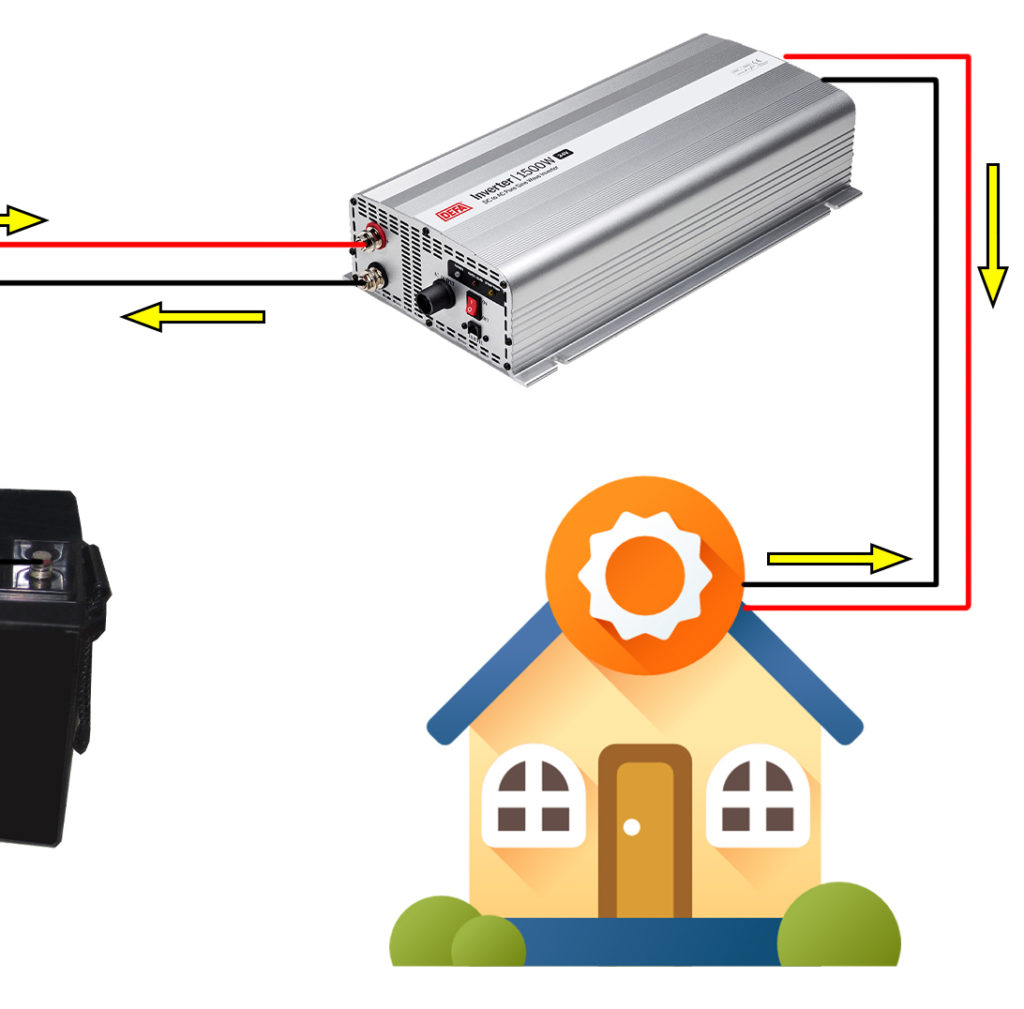
The inverter will take the power supplied from your panel to the controller to the battery and will convert it to AC current. This is the current type that most of the appliances in your house use. The inverter will change the current from DC (direct current) to AC (alternating current) and will also change the voltage that is supplied by the batteries or the controller, which in this case is 12 volts.
The new voltage depends on the inverter you bought, the appliances you have, and most importantly, the place you live in. For example, if you live in the US or Canada, the voltage will be 120v. However, if you live in Europe, your voltage supply from the grid will be 230v. You can check what voltage is used in your country by visiting this website.
For the sack of example, let’s say we are in the US, and the voltage is 120 volts. This means that the inverter will change the voltage to 120v, and accordingly, the current will also change:
I = 200w / 120v
I = 1.67 A
This means you will have 1.67A of AC current supplied to your house, which could power a 40-inch LED TV, a laptop, and even some led bulb lights.
Losses Should NOT be Neglected
Losses are present in every part of the solar power system, and these losses should never be neglected (as we have done in the previous section of the article). For example, losses occur in the solar controller, the batteries, the wires, and the inverter.
Let’s consider the following losses in our system:
- 90% Inverter efficiency = 10% loss
- 95% Solar controller efficiency = 5% loss
- 2% Wiring losses
- 5% Environmental losses (Temperature, dust, shading, etc…)
This adds up to 22% power loss, which could vary depending on your place, inverter + controller efficiency, and even wiring thickness.
Now we will consider these losses when finding the currents for different types of solar panels.
How Many Amps Does a 200-watt Solar Panel Produce?
A 200-watt solar panel will produce 1.3 amps of AC current in the US with 120 volts. However, if you live in a place with 230 volts AC grid, then this same panel will produce 0.68 amps of AC current.
Considering 22% losses = 78 % efficiency (100% – 22%) :
I = 200w / 120v * 0.78 = 1.3A in the US
I = 200w / 230v * 0.78 = 0.68A in Europe
Now considering the current the panel produces directly, without passing through the solar controller or the inverter, it depends solely on the panel itself. Your panel could be 22 volts with 9.09 amps, and it could also be 6 volts with 33.33 amps. You should look at the specifications sticker on the panel’s back for this information.
How Many Amps Will a 200-watt Solar Panel Supply to the Battery?
A 200-watt solar panel will charge a 12-volt battery at a rate of 14.67A every hour at the maximum power point of the day with 12% losses (controller + environmental + wiring). If your battery bank voltage is different, the current supplied will change:
Considering 12% losses = 88 % efficiency (100% – 12%) :
I = 200w / 12v * 0.88 = 14.67A for 12 volt battery bank
I = 200w / 24v * 0.88 = 7.33A for 24 volt battery bank
I = 200w / 48v * 0.88 = 3.67A for 48 volt battery bank
This is how you could calculate precisely how many amps your solar panel produces and where this amount of current goes. This will now make much more sense to you. However, these calculations might be hard to perform for some people; for this reason, we have created the following calculator that will ask you for your solar panel rated power (200w, 300w, 400w, etc…) and will have a default 22% losses as we mentioned. Still, you could edit these numbers according to your system and losses. The calculator output will be the current supplied to batteries at any voltage you specify and the AC current supplied to your house according to your country’s voltage rating.
FAQs
How Many Amps Does a 100-watt Solar Panel Produce?
A 100-watt solar panel will produce 0.65 amps of AC current in the US with 120 volts or 0.34 amps in places with 230 volts AC grid (like Europe). In addition, it will supply your 12-volt battery bank with 7.3 amps, 3.67 amps for the 24-volt battery bank, 2.44 amps for the 36-volt battery bank, and 1.83 amps for the 48-volt battery bank. All this while taking into consideration 22% losses.
How Many Amps Does a 300-watt Solar Panel Produce?
A 300-watt solar panel will produce 1.95 amps of AC current in the US with 120 volts or 1.017 amps in places with 230 volts AC grid (like Europe). It will supply your 12-volt battery bank with 22 amps, 11 amps for the 24-volt battery bank, 7.3 amps for the 36-volt battery bank, and 5.5 amps for the 48-volt battery bank. All this while taking into consideration 22% losses.
How Many Amps Does a 400-watt Solar Panel Produce?
A 400-watt solar panel will produce 2.6 amps of AC current in the US with 120 volts or 1.36 amps in places with 230 volts AC grid (like Europe). In addition, it will supply your 12-volt battery bank with 29.3 amps, 14.67 amps for the 24-volt battery bank, 9.77 amps for the 36-volt battery bank, and 7.33 amps for the 48-volt battery bank. All this while taking into consideration 22% losses.
How Many Amps Does a 500-watt Solar Panel Produce?
A 500-watt solar panel will produce 3.25 amps of AC current in the US with 120 volts or 1.7 amps in places with 230 volts AC grid (like Europe). It will supply your 12-volt battery bank with 36.67 amps, 18.3 amps for the 24-volt battery bank, 12.2 amps for the 36-volt battery bank, and 9.16 amps for the 48-volt battery bank. All this while taking into consideration 22% losses.

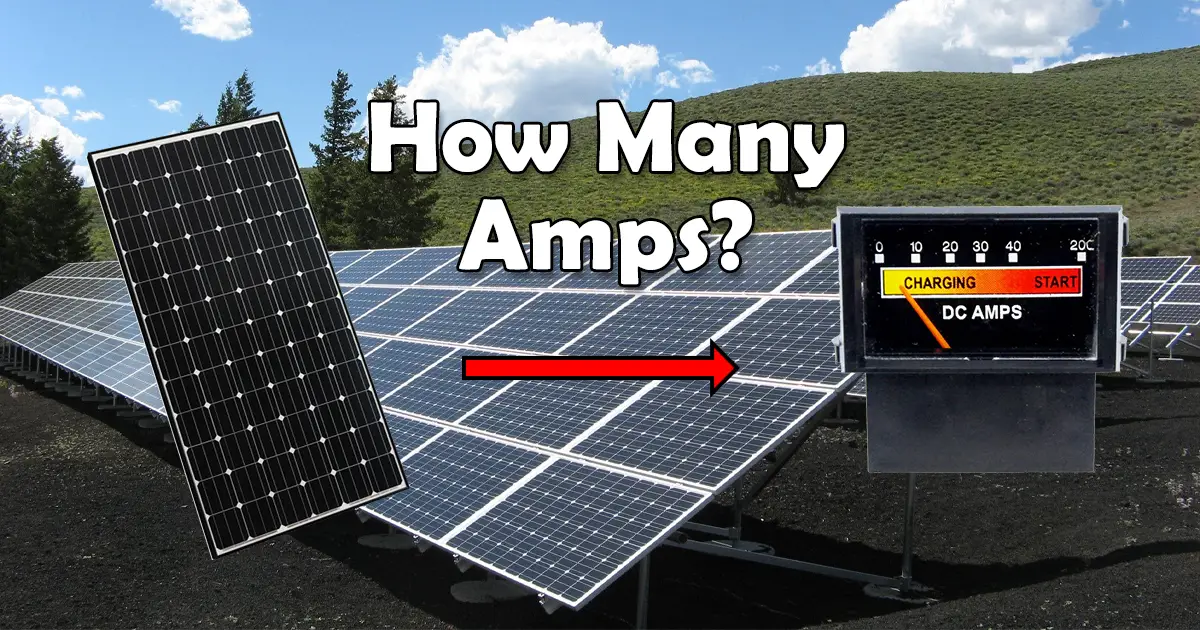
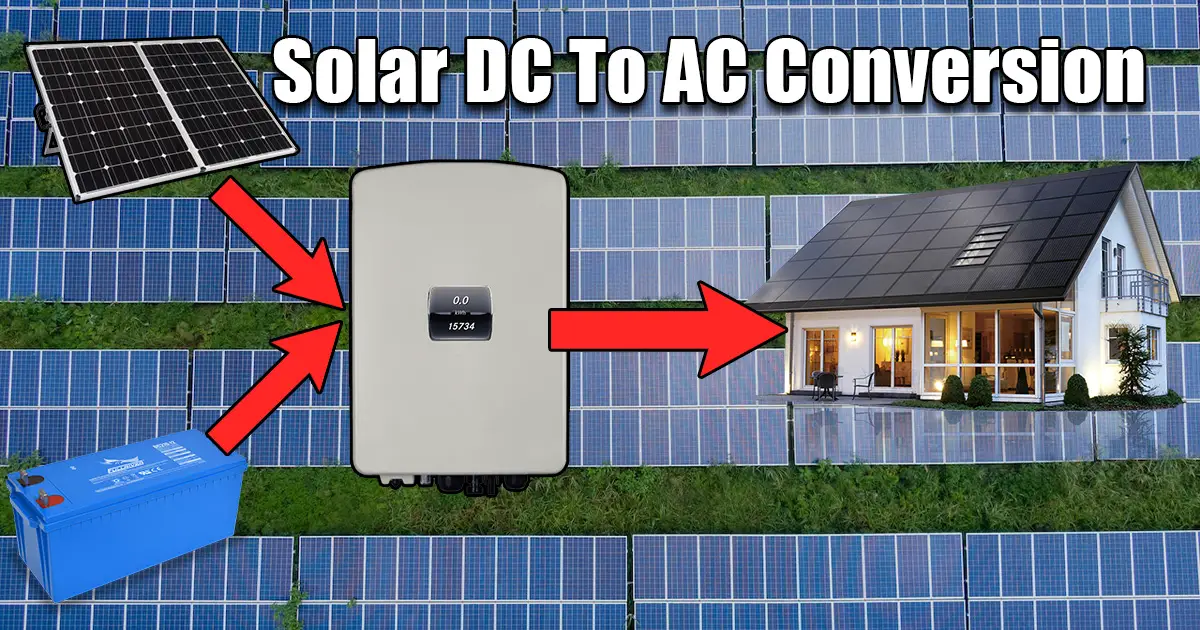

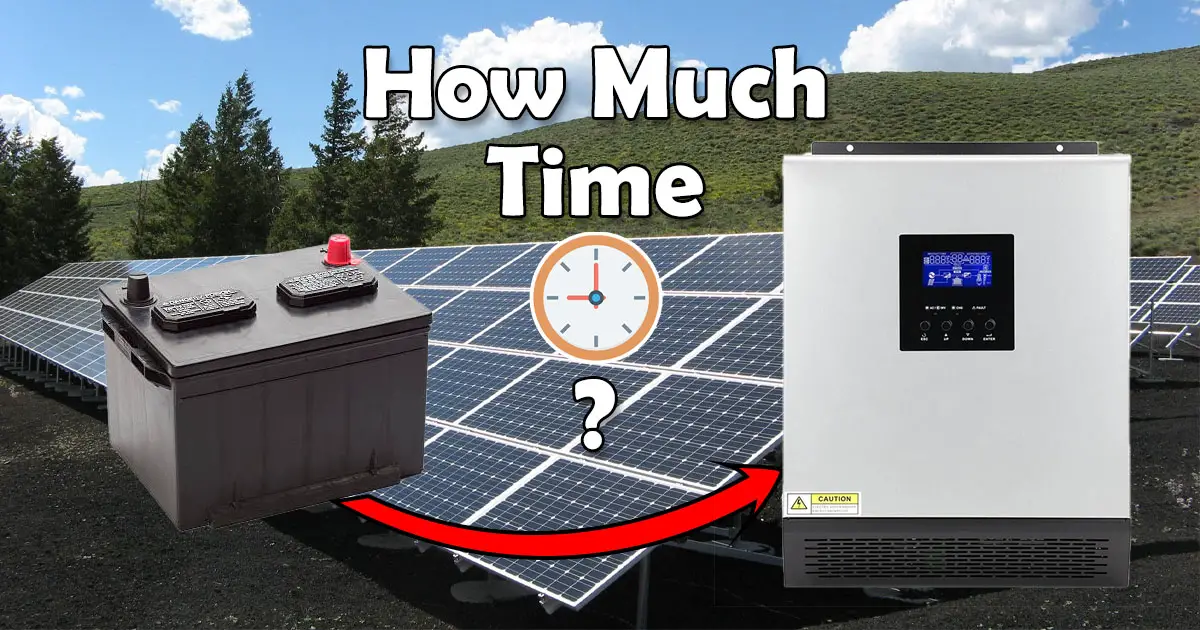
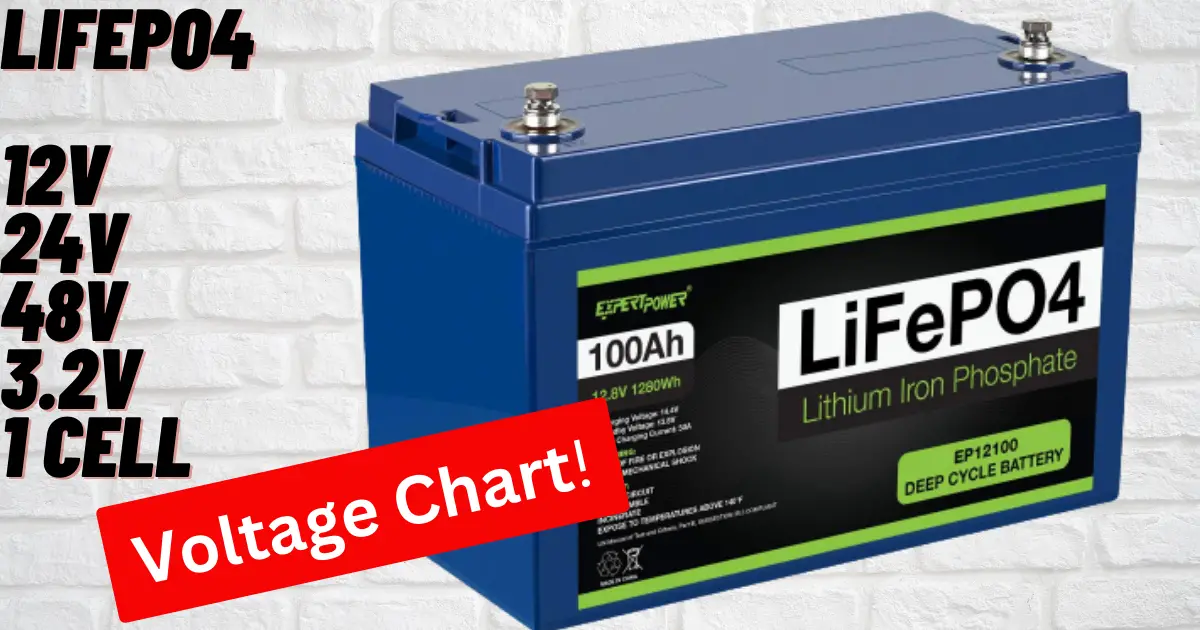
The solar current calculator doesn’t seem to work: you can’t enter the efficiency percentages
Thank you for informing us! It is fixed now